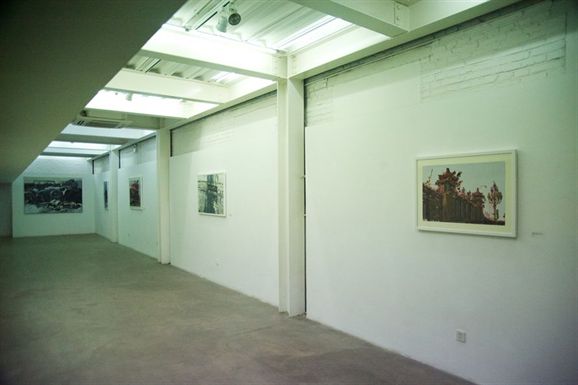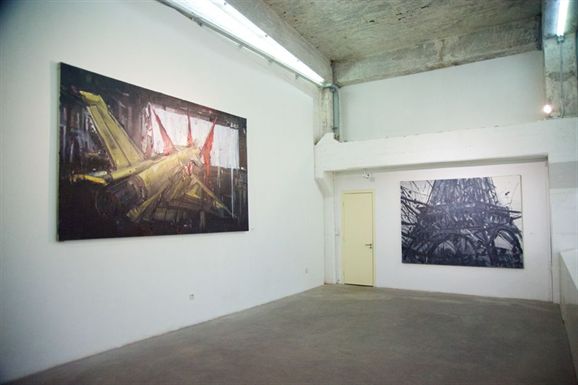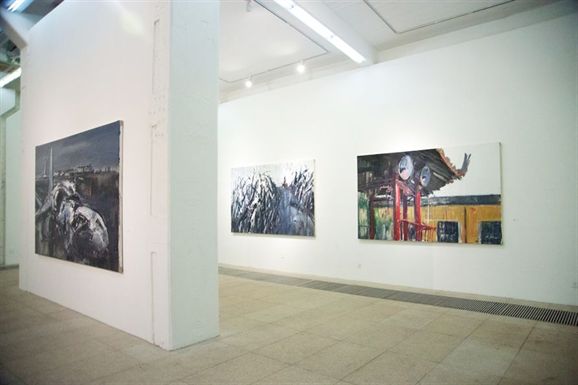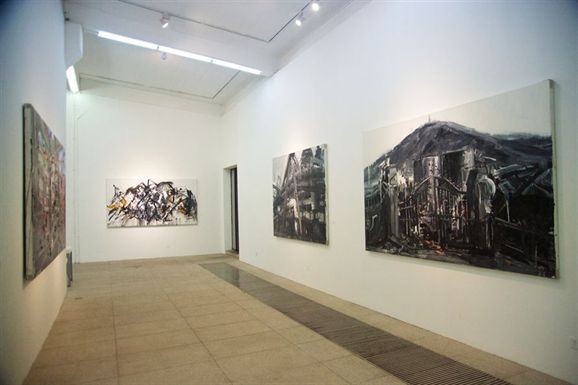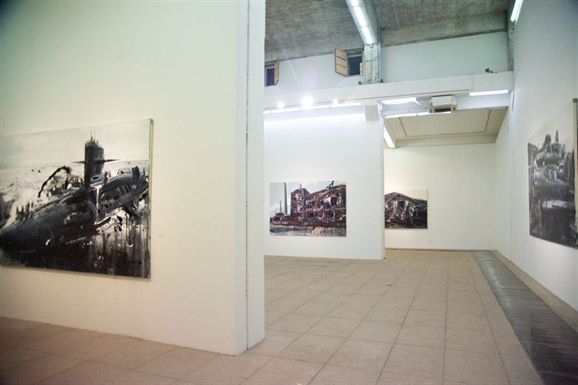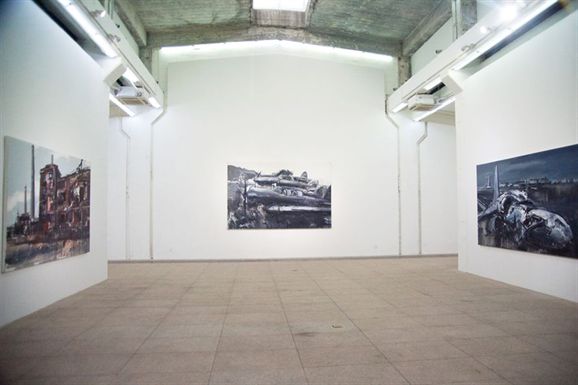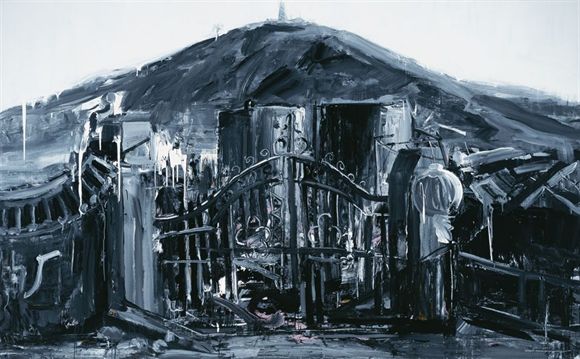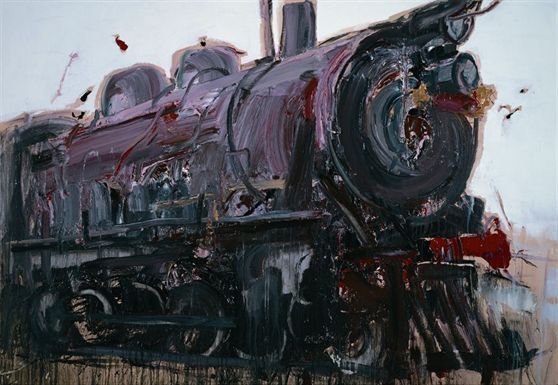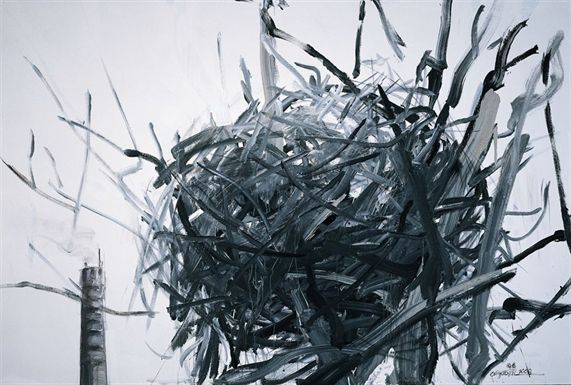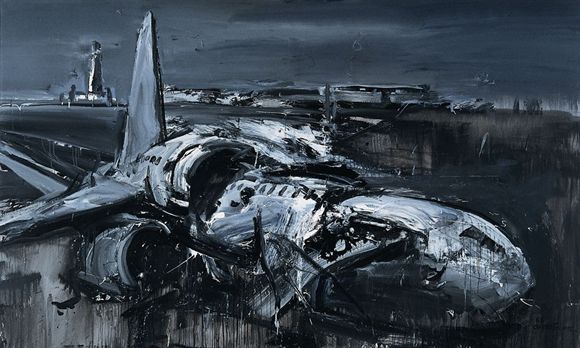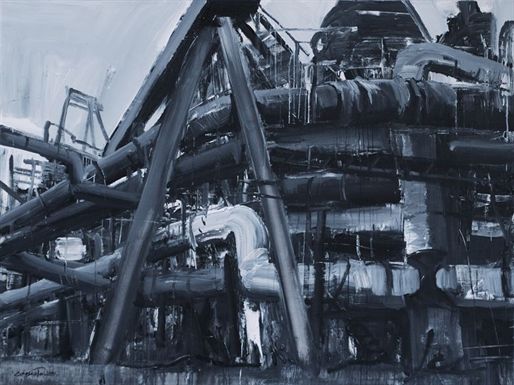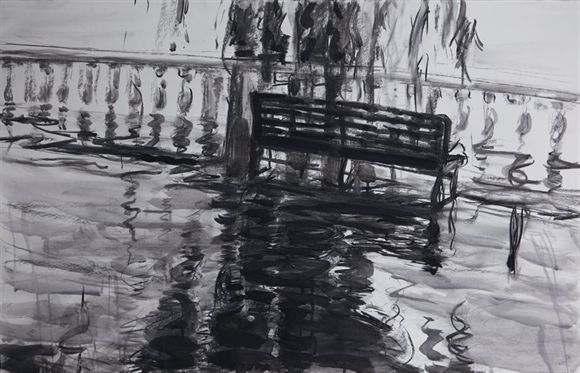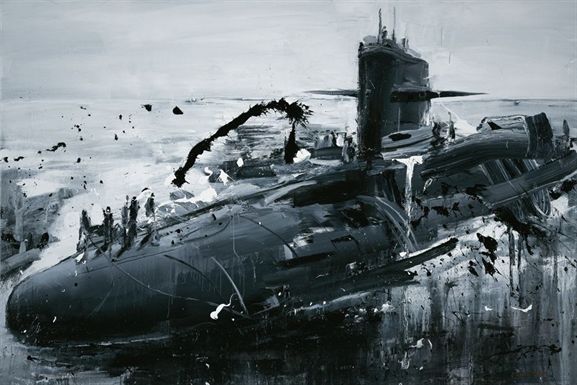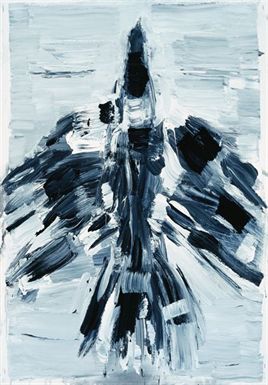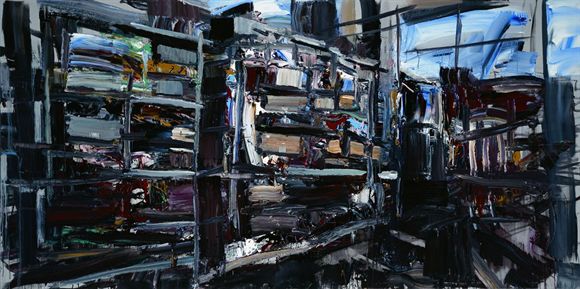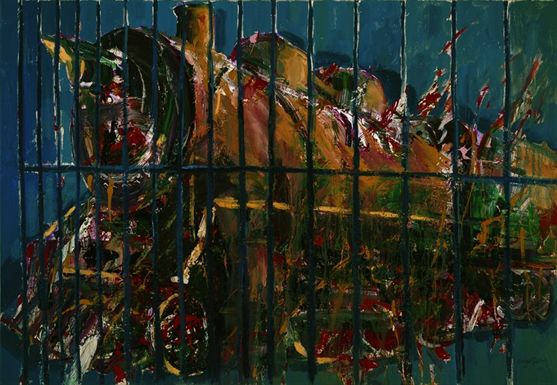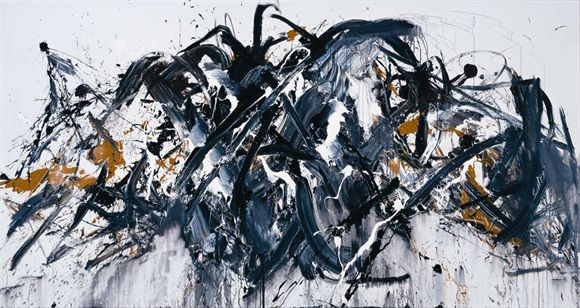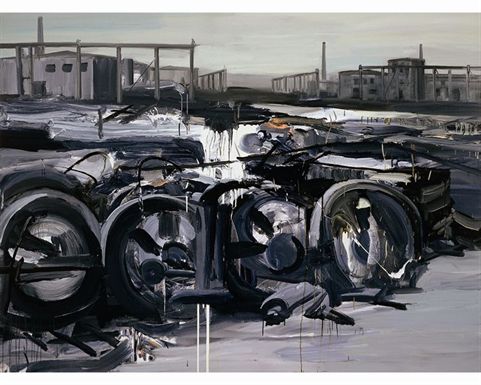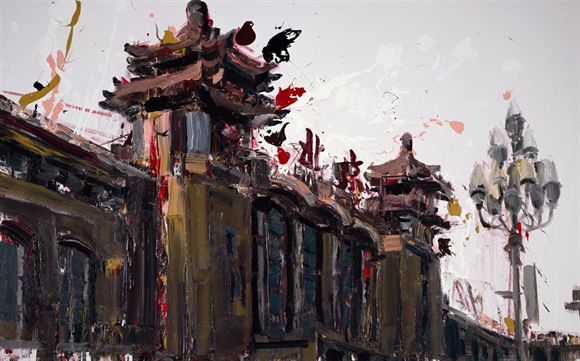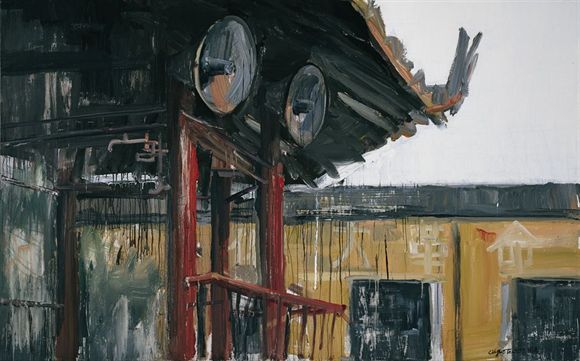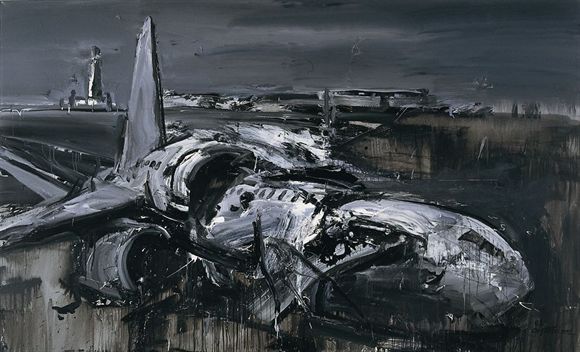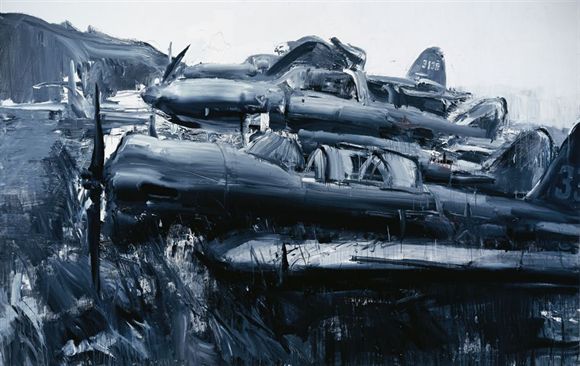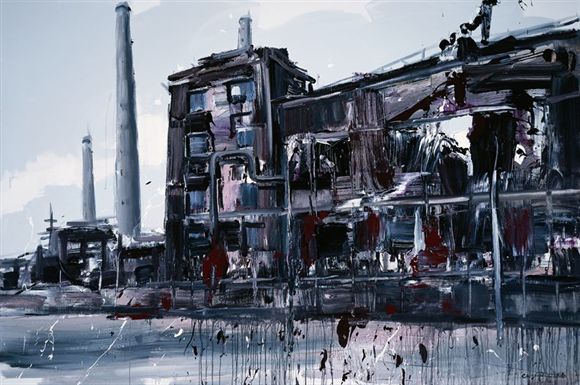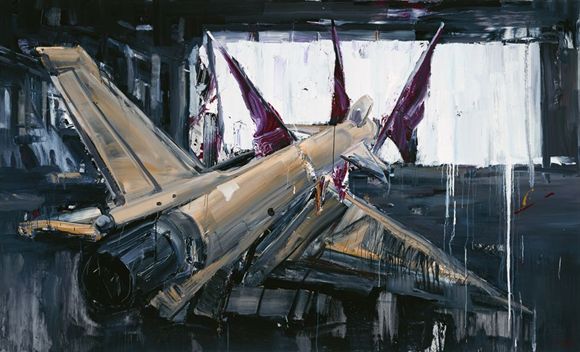Oct 27 - Dec 05, 2012
Press Release
Rust Never Sleeps:Cui Guotai
Cui Guotai’s solo exhibition “The Rust Never Sleeps” will be held in the 798White Box Museum of Art on October 27th 2012 to December 5th 2012. The exhibition is planned by Duan Jun, and the show will present Cui Guotai’s latest works during the last few years, which includes huge paintings inspired by ancient ruins, left overs, abandoned buildings, stations, machines and military artifacts. Also, Cui Guotai will also present his original manual script during his creation, and some of his abstract art works. His works are intensive and full of emotions.
Cui Guotai grew up in the 1960s,just after China's Great Leap Forward,with its all-outimpetus to create an industrial and military infrastructure for the new nation,when everyone was urged to make steel for the mills and factories. His work reflects the events of that time,when numerous large-scale manufacturing plants,factories,and other such structures blanketed the country.His paintings represent an awed appreciation of the massive size and power of those enterprises. But Cui has also witnessed their demise as modernization and the need to meet the growing demands of new corporations uprooted these mid-twentieth century industrial edifices and replaced them with tasteless and poorly constructed Western-style apartment tower villages,shopping malls,and office complexes.Many of Cui's paintings document the decrepit state ofthe earlier,now outmoded, structures and yet simultaneously allude to their former might.In rendering their decrepitude,Cui conveys the transience of the material realm.The structures that seemed great and everlasting to Cui as a child no longer possess such attributes, and all of Cui's subjects appear like artifacts of a lost culture.
In conclusion, although Cui denies any intentional political commentary in his work and chooses to see himself as an artist without an agenda, as an observer of the great changes that have taken place in Chinese society,he has chosen subjects that have suffered neglect and destruction;this, along with the emotional tenor of his brush work,reveals that he is not a detached observer. The paintings record his impressions as a witness to the transformation of Chinese society from the 1950s to the present,from a society so bent on modernization that comrades were enjoined to uphold social values and make communal sacrifices to one that saw the demise of those efforts. Despite his apparent attitude of neutrality. Cut's subjects reflect an inexorable political agenda-the closing of factories,the vestiges of locomotives and trucks,landscapes that bear the marks of a turbulent history, and the State's current efforts to extirpate vestiges ofthe past. Moreover, his feelings for these subjects are clearly expressed in his dramatic style of applying paint. Cui takes icons of the past and subjects them to modernist sensibilities in his distortions of scale and his vandalizing abstract expressionist technique.In the end,these paintings not only document the relics of the past,they are an admonition to the future.
ARTIST:Cui Guotai
CURATOR: Duan Jun
PRESENTED BY: Sun Yongzeng
ASSISTANT CURATOR: Xie Jinyuan,Lin Tao
PROJECT COOPERATION:Liu Chenya,Wu Ling
ORGANIZER: White Box Museum Of Art
OPENING: Saturday, October 27, 2012, 3:30p.m.
DATES: October 27, 2012 –December 5, 2012
MUSEUM OPENING HOURS: 10:00 - 18:00, Tuesday - Sunday
VENUE: WHITE BOX MUSEUM OF ART, 798 Art Dist., NO.2 Jiu Xianqiao Road, Chaoyang Dist., Beijing, China
CONTACT US: +86-10-5978 4800
FOR MORE INFORMATION PLEASE VISIT OUR WEBSITE: www.798whitebox.com
Curator Article

